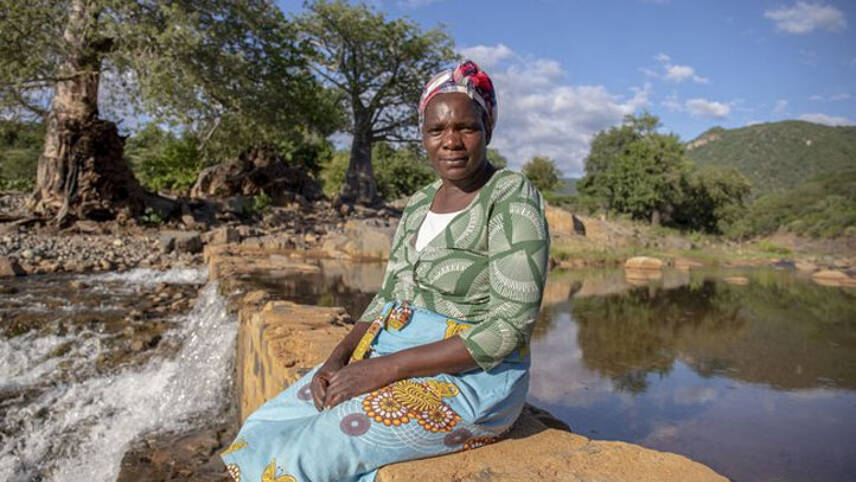Register for free and continue reading
Join our growing army of changemakers and get unlimited access to our premium content

Image: Oxfam
That is according to a new analysis by Oxfam, published today (5 June).
The NGO assessed the levels of climate finance being directly provided and indirectly mobilised by governments in the global north in 2020, tracking their progress towards a pledge to deliver $100bn a year. This pledge was first announced in 2009 and formally ratified in 2015. The full $100bn per year has not yet been delivered in any given year.
Rich nations collectively disclosed, either publicly or directly to Oxfam, $83.3bn of spending in 2020.
But the NGO believes that the “real value” of the spending was, at most, $24.5bn. This spending was split almost evenly between climate mitigation (reducing emissions) and climate adaptation (building in resilience).
“Don’t be fooled into thinking [this] is anywhere near enough for low- and middle-income countries to help their people with more and bigger floods, hurricanes, firestorms, droughts and other terrible harms brought about by climate change,” said Oxfam’s international climate change policy lead Nafkote Dabi.
Most of the money, Oxfam claims, was mobilised from non-government sources including the private sector. And most of it, Oxfam alleges, went to projects with overstated climate benefits.
Moreover, Oxfam is claiming that at least one-third of the money is not new. Instead, it is aid money that would have been sent anyway, with a new “climate” badge.
Grants vs loans
It is hoped that wealthy nations will hit the $100bn mark on international climate finance this year, after further delays that have been attributed to the pandemic.
Oxfam is calling on these nations to ensure that the money is new, is being allocated to credible projects, and increasingly spent on adaptation.
It also wants to see the money being provided in the form of grants rater than loans. At least half of the funding provided in 2020 was in the form of loans, which Oxfam claims can “potentially harm rather than help local communities” in that they increase their debt burden.
Nations which provide the majority of their international climate finance as loans include France, Japan, Spain and Austria. Oxfam has called this “deeply unjust”.
The publication of the analysis comes on the eve of this year’s climate summit in Bonn. These talks, which will run through to 15 June, will be used to set the scene for COP28 in Dubai this winter.


It is imperative that wealthy nations increase their climate finance to match their pledges. Yet, we also understand that delivering effective climate finance is a complicated affair and governments and international donors need guidance on this. Within the context of the coal phase-out, Climate & Company has identified a number of financial instruments that can be used by these actors to accelerate the closure of coal plants, effectively and efficiently. We’re conducting more work on this as we speak but wanted to share our last publication on this issue with you. You can find it here: https://climateandcompany.org/publications/options-challenges-to-financing-the-coal-transition-in-spipa-countries/